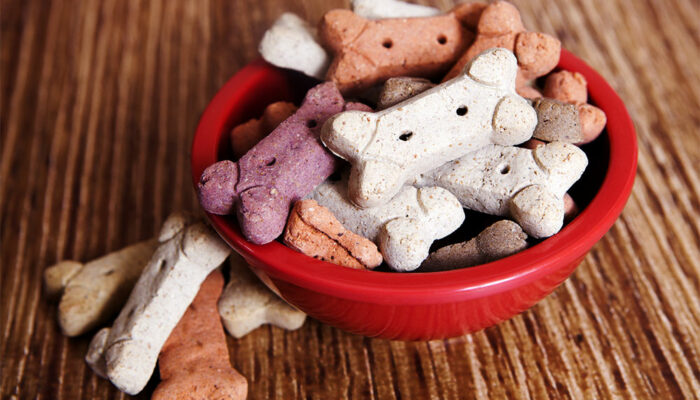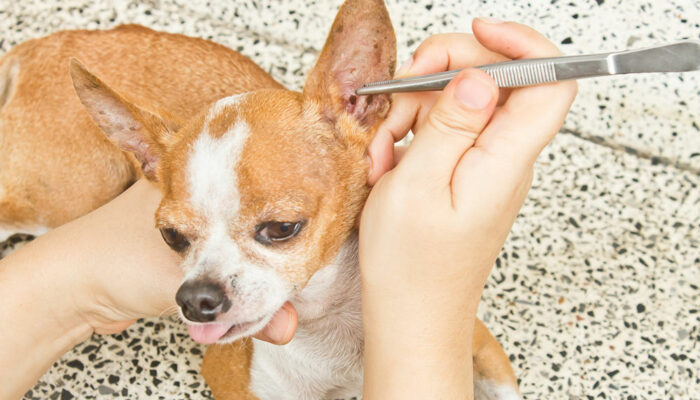
Different Ways to Treat Chronic Asthma in Children
Asthma is one of the most common chronic illnesses that affect children worldwide. Once the airways swell, the airflow to and from the lungs is inadequate and disrupted. Some children begin to cough, while other kids start wheezing. Their respiratory and pulse rate increases. It will cause chest pain and tightness. They are likely to feel agitated and fatigued. Hence, one has to undergo regular and continuous treatment for asthma
Long-term medication
- Inhaled corticosteroids
Many medications like fluticasone, budesonide, mometasone, ciclesonide, and beclomethasone are available today. They have to be taken daily for a few weeks, which helps gain good control over some symptoms. - Combination medication
Medication that combines long-acting beta-agonists (LABs) and inhaled corticosteroids are used when the symptoms are not controlled by other medication. LABs should be administered only through inhalers. - Theophylline
These are oral pills, which help to relax muscles around the lungs and airways, helping them breathe easily. Doctors would recommend this along with steroid inhalers. Doctors recommend frequent blood examinations if they prescribe theophylline to make sure the levels are within normal levels. Never stop or take theophylline without a doctor’s advice, and never give your kid more pills than what is prescribed as they can lead to severe complications. - Immunomodulators
These are medications considered for children above the age of 6 who have allergic asthma and children above 12 who have eosinophilic asthma.
Quick-relief medication
These are used for short-term relief during an asthma episode or right before a child’s sports event. Short-acting beta-agonists and corticosteroids are given orally or intravenously, they are the most commonly used quick-relief medication.
Allergy induced asthma
If allergies trigger your child’s asthma, doctors recommend Omalizumab as an injection once or twice a month to reduce allergy reactions. They will also prescribe allergy medications and allergy shots for the allergic reactions to subside.
Medication is administered through nebulizers for infants, and you can start using inhalers when they reach four years. These medications aim to control infants and young kids’ symptoms and manage them when they grow up.
Action plan for treatment
A crucial component of treatment for pediatric asthma is an action plan. A doctor prepares this detailed document after discussing the various options and guidelines for treatment based on your child’s symptoms. The action plan will have specific guidelines about the possible triggers for your child, how to avoid exposure, the dosage of medication, and instructions of how and when it should be administered. It will also have instructions on using nebulizers or inhalers with spacers that you have to use.
The action plan will guide you on handling flare-ups, distinguishing the symptoms of when the child needs to be hospitalized, and being treated at home. The action plan is color-coded to help the parents understand if the child is in the safe zone (green), caution zone (yellow), and danger (red). The child has to be taught to read the action plan. Older kids should be trained to know how they should act during an emergency. A copy of the action plan should be given to the school, and one copy should always be with a child wherever they go.
Once they grow older, the symptoms might drop, but parents and caregivers have to watch and treat the symptoms carefully until then.



